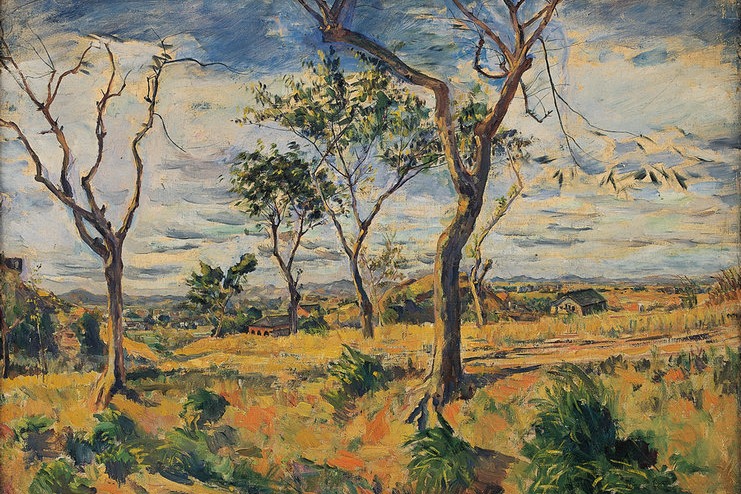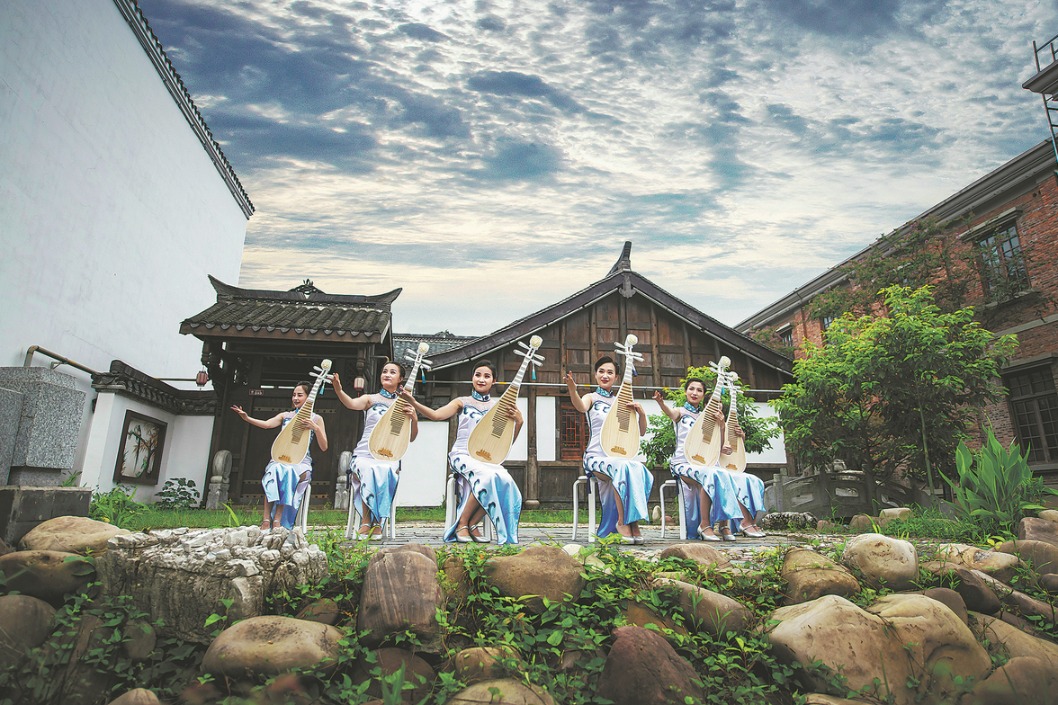Preserving the sound of silk strings
Generations of performers dedicate themselves to keeping intricate folk art form alive, Chen Nan reports.

In the heart of Central China's Hunan province lies the small city of Changde — a place once known to Zhang Lan only through a photograph in her college application booklet. The image captured the serene library of Hunan University of Arts and Science, with a tranquil lake fringed by graceful willows. It was this picture that drew Zhang, a young girl from Yueyang in Hunan, to leave her hometown behind.
She always dreamed of studying traditional Chinese music and was about to turn that dream into reality. Little did she know that her choice to study at the university would lead her on a lifelong journey to preserve one of the country's lesser-known cultural treasures: Changde sixian.
She first heard Changde sixian during a local music festival in her sophomore year. "I didn't know what it was called at the time, but when the melody began — the way it rose and fell so gracefully, the lyrics brimming with pride for our land — I felt chills run down my spine," recalls Zhang, 35.
That fleeting moment of discovery changed her life forever. Not long after, Zhang's talent was spotted during a singing competition by Shen Xiaohui, a revered master of Changde sixian and a national inheritor of the art form. Shen recognized in the young student the potential and passion needed to carry this centuries-old tradition into the future.






































